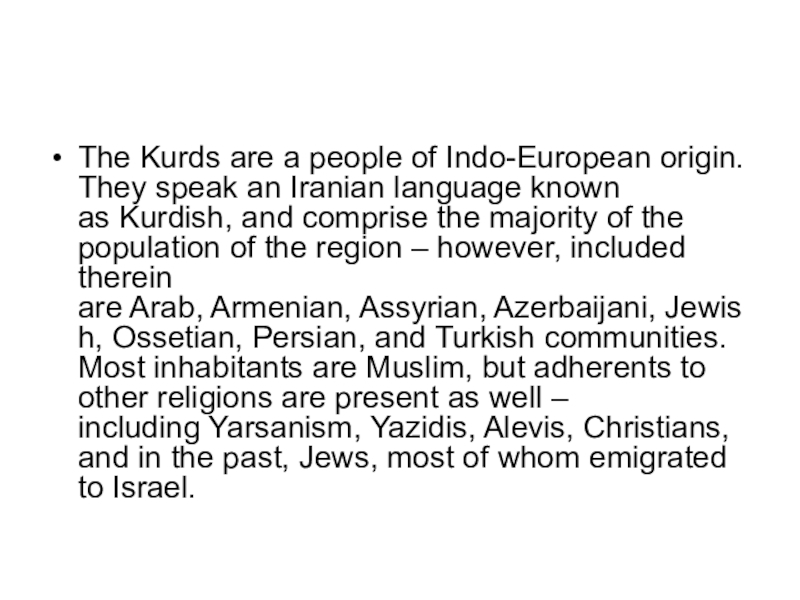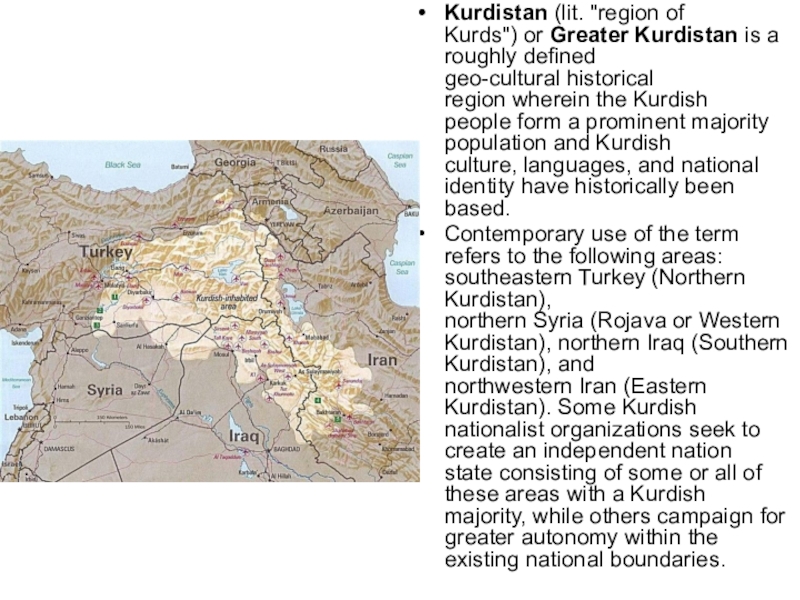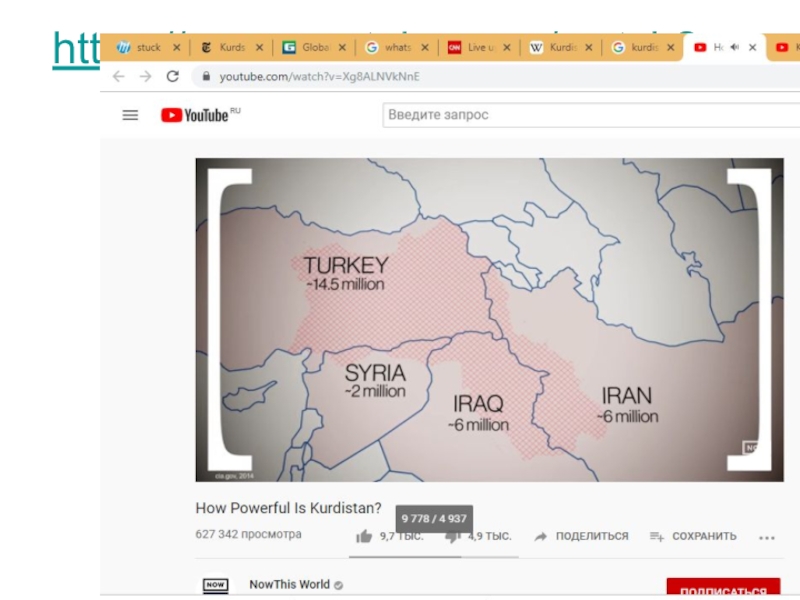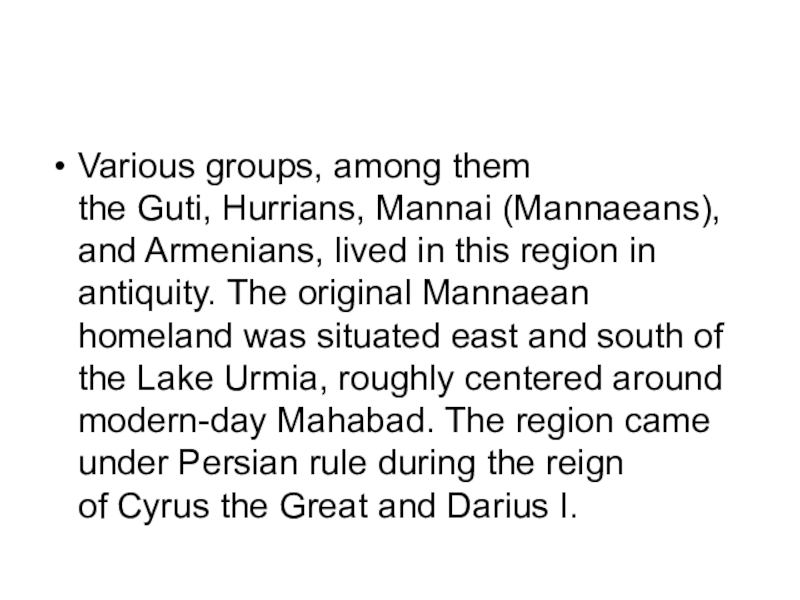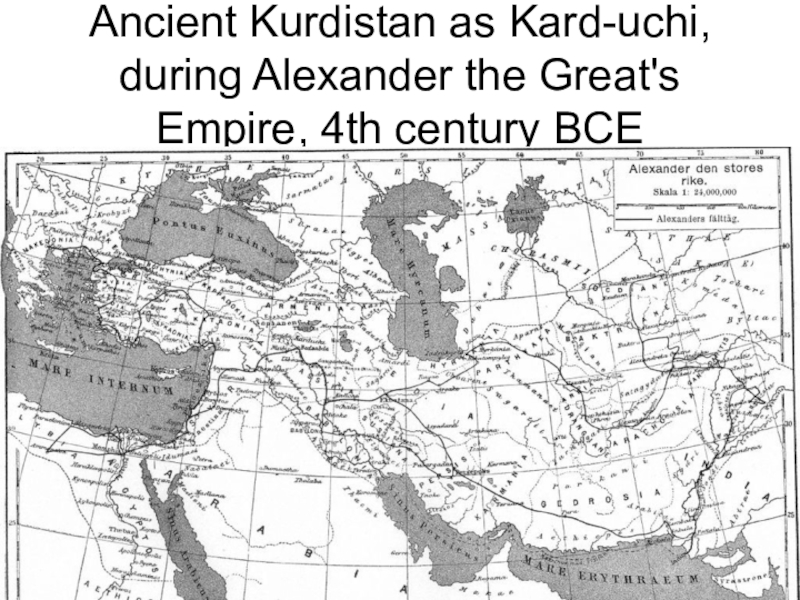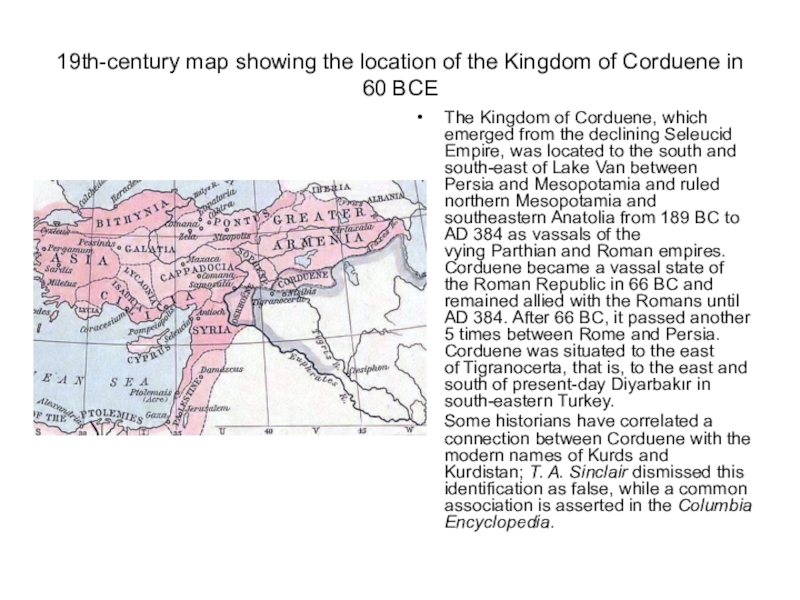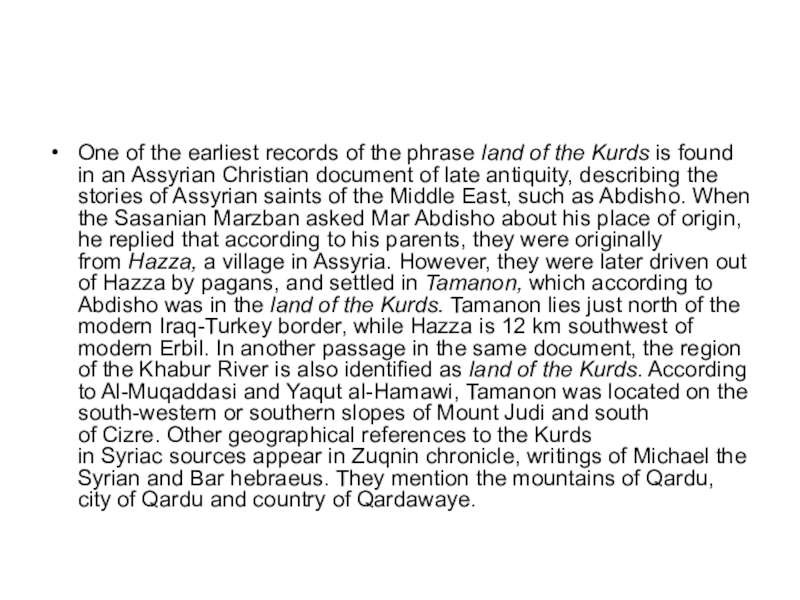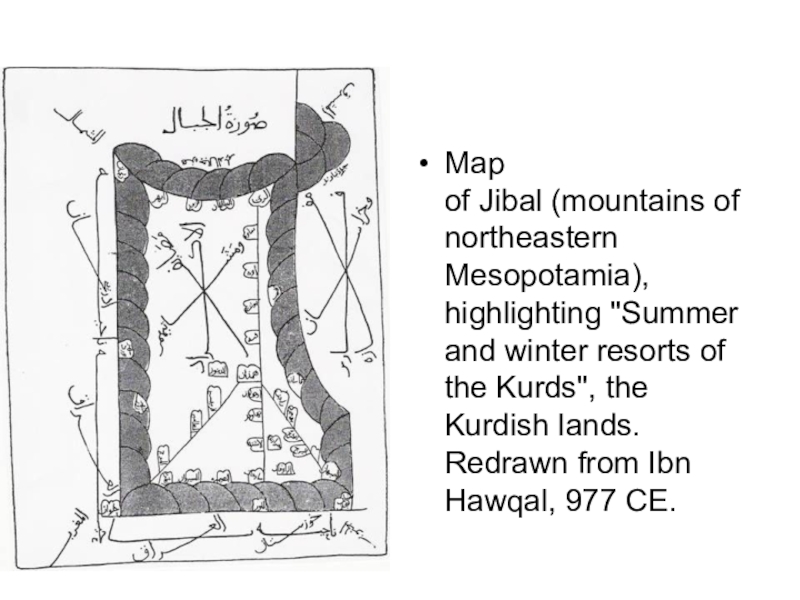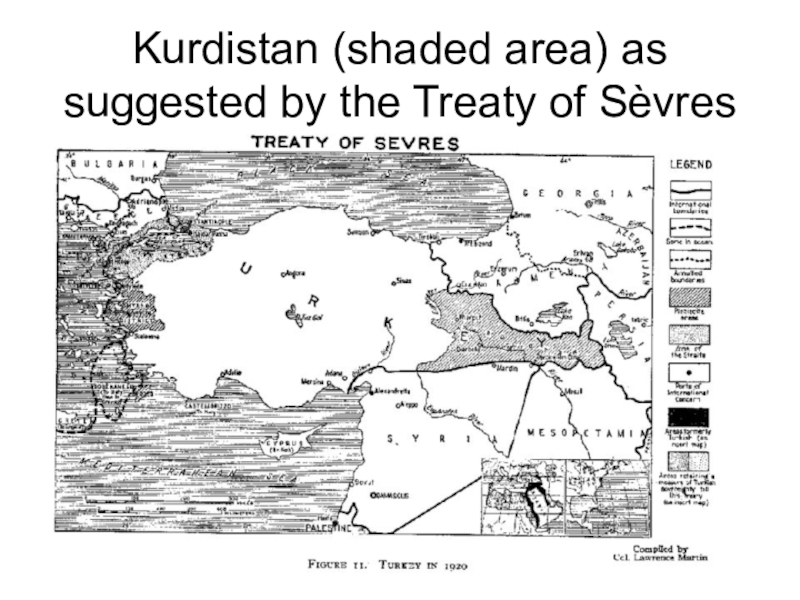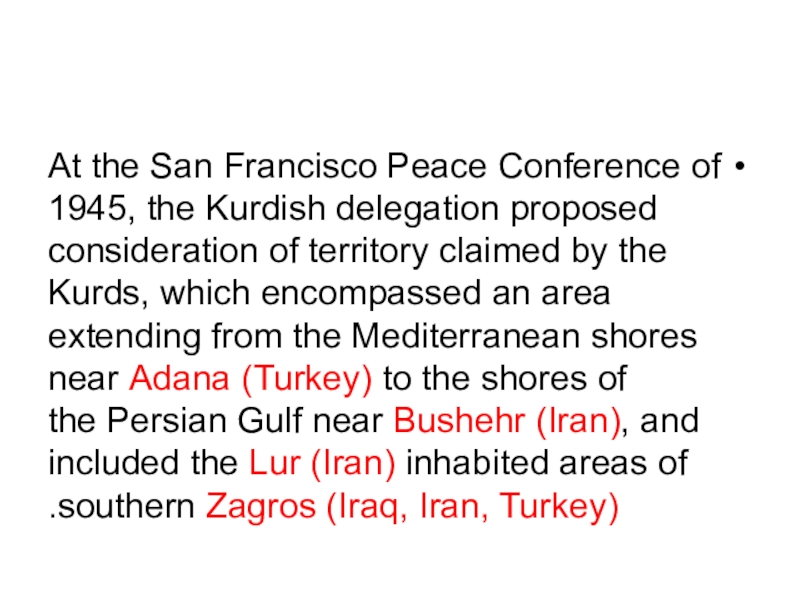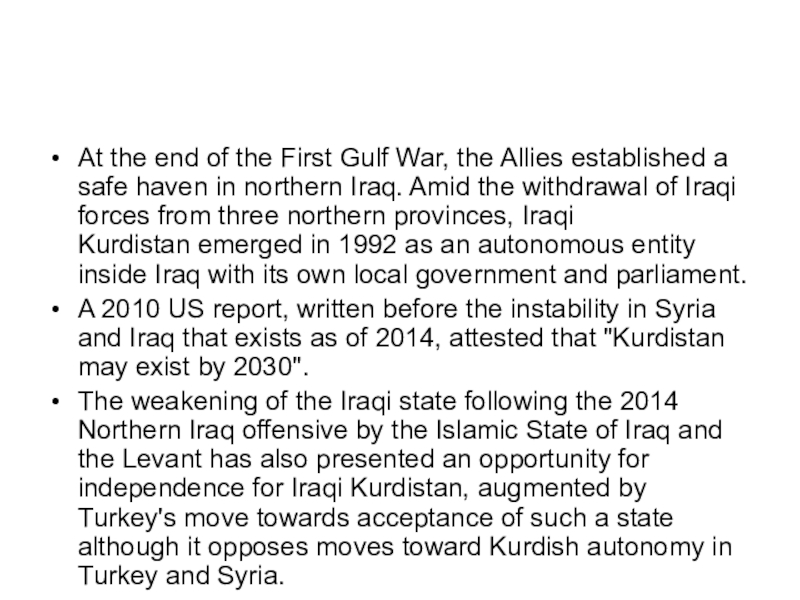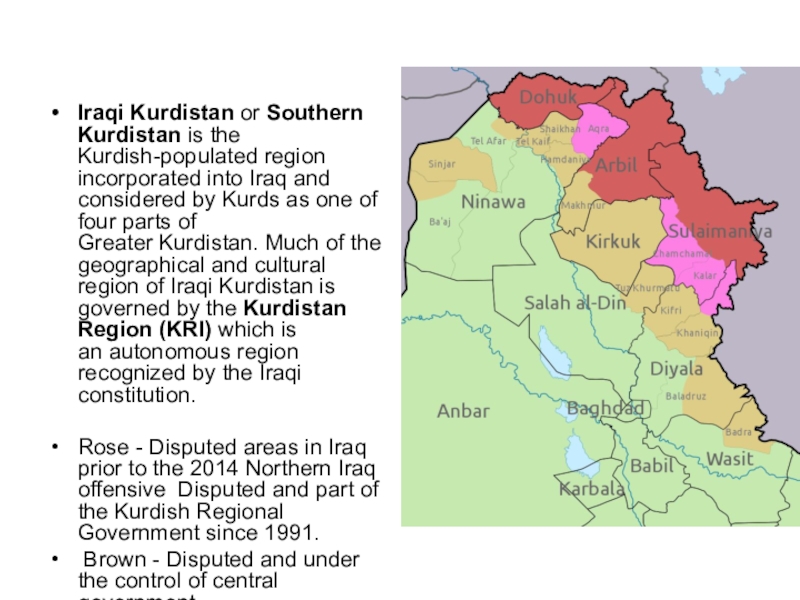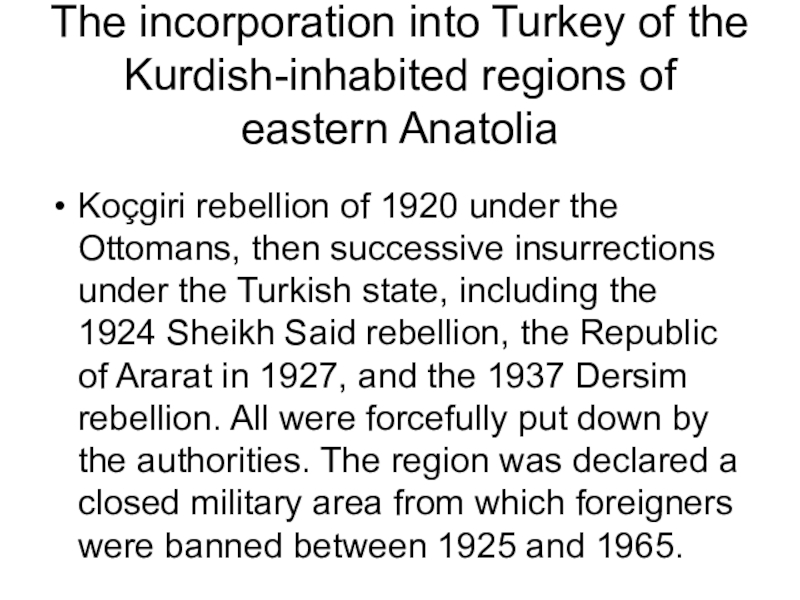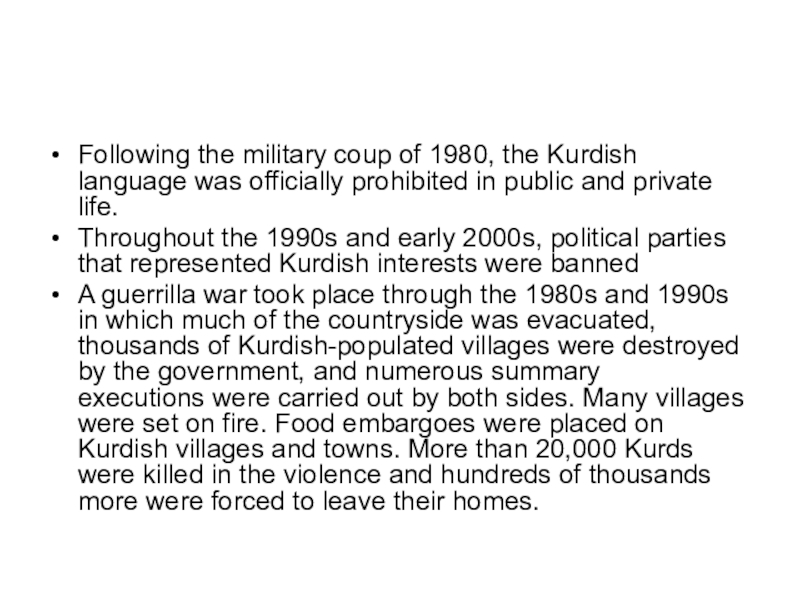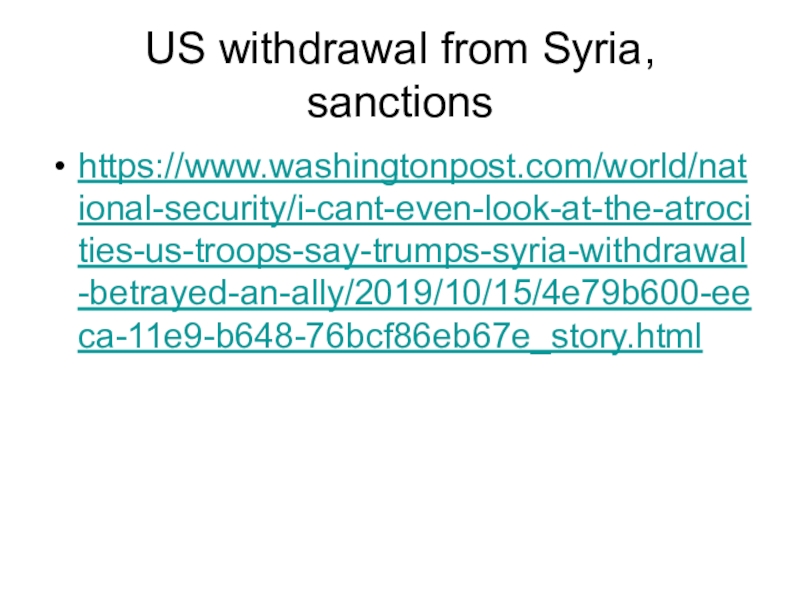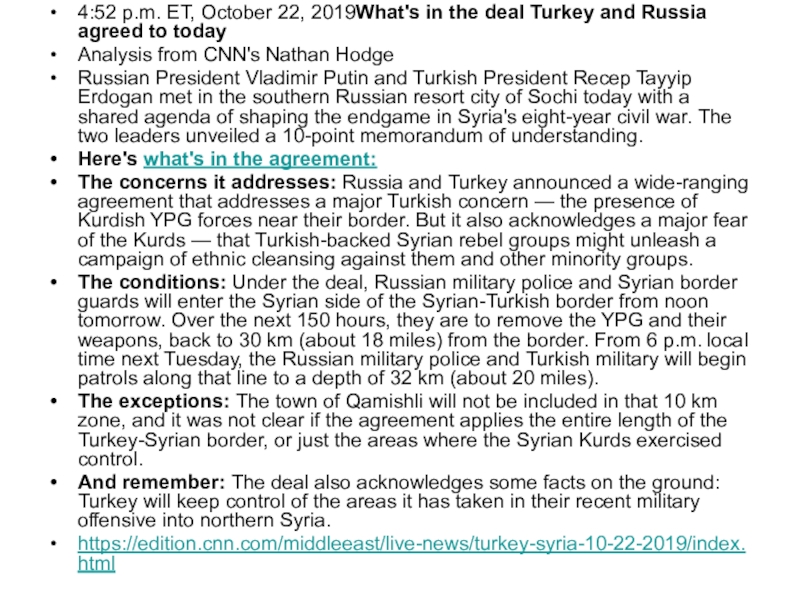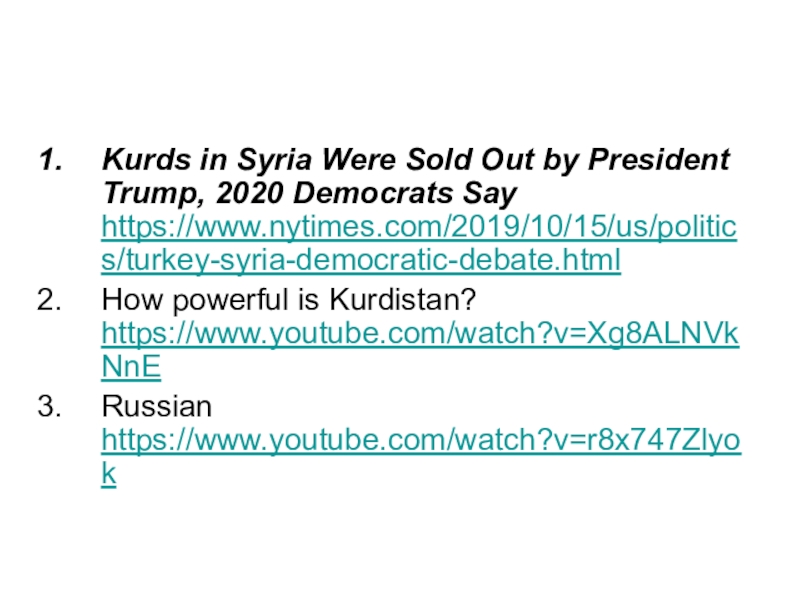Разделы презентаций
- Разное
- Английский язык
- Астрономия
- Алгебра
- Биология
- География
- Геометрия
- Детские презентации
- Информатика
- История
- Литература
- Математика
- Медицина
- Менеджмент
- Музыка
- МХК
- Немецкий язык
- ОБЖ
- Обществознание
- Окружающий мир
- Педагогика
- Русский язык
- Технология
- Физика
- Философия
- Химия
- Шаблоны, картинки для презентаций
- Экология
- Экономика
- Юриспруденция
Kurdistan
Содержание
- 1. Kurdistan
- 2. Kurdistan Region
- 3. The Kurds are a people of Indo-European
- 4. Kurdistan (lit. "region of Kurds") or Greater Kurdistan is a roughly
- 5. https://www.youtube.com/watch?v=Xg8ALNVkNnE
- 6. Iraq, Iran, SyriaIraqi Kurdistan first gained autonomous status
- 7. Various groups, among them the Guti, Hurrians, Mannai (Mannaeans),
- 8. Ancient Kurdistan as Kard-uchi, during Alexander the Great's Empire, 4th century BCE
- 9. Ancient Kurdistan as Kard-uchi, during Alexander the Great's Empire, 4th century BCE
- 10. 19th-century map showing the location of the
- 11. One of the earliest records of the
- 12. Map of Jibal (mountains of northeastern Mesopotamia), highlighting
- 13. Map by Mahmud al-Kashgari (1074), showing Arḍ al-Akrād Arabic for land of Kurds located between Arḍ al-Šām (Syria), and Arḍ al-ʿIrāqayn (Iraq).
- 14. Post-classical historyIn the tenth and eleventh centuries,
- 15. The Sharafnama (Kurdish: شەرەفنامە Şerefname, "The Book of Honor", Persian:
- 16. Kurdish independent kingdoms and autonomous principalities circa 1835
- 17. In the 16th century, after prolonged wars,
- 18. After the collapse of the Ottoman Empire,
- 19. Kurdistan (shaded area) as suggested by the Treaty of Sèvres
- 20. At the San Francisco Peace Conference of 1945, the
- 21. At the end of the First Gulf War,
- 22. Iraqi Kurdistan or Southern Kurdistan is the Kurdish-populated region incorporated
- 23. The incorporation into Turkey of the Kurdish-inhabited
- 24. Following the military coup of 1980, the Kurdish
- 25. The successful 2014 Northern Iraq offensive by the Islamic State
- 26. https://www.youtube.com/watch?v=r8x747Zlyok
- 27. US withdrawal from Syria, sanctionshttps://www.washingtonpost.com/world/national-security/i-cant-even-look-at-the-atrocities-us-troops-say-trumps-syria-withdrawal-betrayed-an-ally/2019/10/15/4e79b600-eeca-11e9-b648-76bcf86eb67e_story.html
- 28. Слайд 28
- 29. 4:52 p.m. ET, October 22, 2019What's in
- 30. A fighter from the Syrian Democratic Forces
- 31. Kurds in Syria Were Sold Out by
- 32. Слайд 32
- 33. Скачать презентанцию
Kurdistan Region
Слайды и текст этой презентации
Слайд 4Kurdistan (lit. "region of Kurds") or Greater Kurdistan is a roughly defined geo-cultural historical region wherein
the Kurdish people form a prominent majority population and Kurdish culture, languages, and national identity have historically
been based.Contemporary use of the term refers to the following areas: southeastern Turkey (Northern Kurdistan), northern Syria (Rojava or Western Kurdistan), northern Iraq (Southern Kurdistan), and northwestern Iran (Eastern Kurdistan). Some Kurdish nationalist organizations seek to create an independent nation state consisting of some or all of these areas with a Kurdish majority, while others campaign for greater autonomy within the existing national boundaries.
Слайд 6Iraq, Iran, Syria
Iraqi Kurdistan first gained autonomous status in a 1970
agreement with the Iraqi government, and its status was re-confirmed
as an autonomous entity within the federal Iraqi republic in 2005.There is a province by the name Kurdistan in Iran; it is not self-ruled.
Kurds fighting in the Syrian Civil War were able to take control of large sections of northern Syria as government forces, loyal to President Bashar al-Assad, withdrew to fight elsewhere. Having established their own government, they called for autonomy in a federal Syria after the war.
Слайд 7Various groups, among them the Guti, Hurrians, Mannai (Mannaeans), and Armenians, lived in
this region in antiquity. The original Mannaean homeland was situated east
and south of the Lake Urmia, roughly centered around modern-day Mahabad. The region came under Persian rule during the reign of Cyrus the Great and Darius I.Слайд 1019th-century map showing the location of the Kingdom of Corduene
in 60 BCE
The Kingdom of Corduene, which emerged from the
declining Seleucid Empire, was located to the south and south-east of Lake Van between Persia and Mesopotamia and ruled northern Mesopotamia and southeastern Anatolia from 189 BC to AD 384 as vassals of the vying Parthian and Roman empires. Corduene became a vassal state of the Roman Republic in 66 BC and remained allied with the Romans until AD 384. After 66 BC, it passed another 5 times between Rome and Persia. Corduene was situated to the east of Tigranocerta, that is, to the east and south of present-day Diyarbakır in south-eastern Turkey.Some historians have correlated a connection between Corduene with the modern names of Kurds and Kurdistan; T. A. Sinclair dismissed this identification as false, while a common association is asserted in the Columbia Encyclopedia.
Слайд 11One of the earliest records of the phrase land of the
Kurds is found in an Assyrian Christian document of late antiquity, describing the stories
of Assyrian saints of the Middle East, such as Abdisho. When the Sasanian Marzban asked Mar Abdisho about his place of origin, he replied that according to his parents, they were originally from Hazza, a village in Assyria. However, they were later driven out of Hazza by pagans, and settled in Tamanon, which according to Abdisho was in the land of the Kurds. Tamanon lies just north of the modern Iraq-Turkey border, while Hazza is 12 km southwest of modern Erbil. In another passage in the same document, the region of the Khabur River is also identified as land of the Kurds. According to Al-Muqaddasi and Yaqut al-Hamawi, Tamanon was located on the south-western or southern slopes of Mount Judi and south of Cizre. Other geographical references to the Kurds in Syriac sources appear in Zuqnin chronicle, writings of Michael the Syrian and Bar hebraeus. They mention the mountains of Qardu, city of Qardu and country of Qardawaye.Слайд 12
Map of Jibal (mountains of northeastern Mesopotamia), highlighting "Summer and winter resorts
of the Kurds", the Kurdish lands. Redrawn from Ibn Hawqal, 977
CE.Слайд 13Map by Mahmud al-Kashgari (1074), showing Arḍ al-Akrād Arabic for land of Kurds located between Arḍ al-Šām (Syria),
and Arḍ al-ʿIrāqayn (Iraq).
Слайд 14Post-classical history
In the tenth and eleventh centuries, several Kurdish principalities emerged in
the region.
Kurdistan in the Middle Ages was a collection of semi-independent and
independent states called emirates.The earliest medieval attestation of the toponym Kurdistan is found in a 12th-century Armenian historical text by Matteos Urhayeci. He described a battle near Amid and Siverek in 1062 as to have taken place in Kurdistan.
Слайд 15The Sharafnama (Kurdish: شەرەفنامە Şerefname, "The Book of Honor", Persian: Sharafname, شرفنامه) is
the famous book of Sharaf al-Din Bitlisi (a medieval Kurdish historian and poet) (1543–1599),
which he wrote in 1597, in Persian.[1] Sharafnama is regarded as the main source on Kurdish history.Слайд 17In the 16th century, after prolonged wars, Kurdish-inhabited areas were
split between the Safavid and Ottoman empires. A major division of Kurdistan occurred in
the aftermath of the Battle of Chaldiran in 1514, and was formalized in the 1639 Treaty of Zuhab. From then until the aftermath of World War I, Kurdish areas (including most of Mesopotamia, eastern Anatolia, and traditionally Kurdish northeastern Syria) were generally under Ottoman ruleСлайд 18After the collapse of the Ottoman Empire, the Allies contrived to split
Kurdistan (as detailed in the ultimately unratified Treaty of Sèvres) among
several countries, including Kurdistan, Armenia and others. However, the reconquest of these areas by the forces of Kemal Atatürk (and other pressing issues) caused the Allies to accept the renegotiated Treaty of Lausanne (1923) and the borders of the modern Republic of Turkey, leaving the Kurds without a self-ruled region. Other Kurdish areas were assigned to the new British and French mandated states of Iraq and Syria.Слайд 20At the San Francisco Peace Conference of 1945, the Kurdish delegation proposed
consideration of territory claimed by the Kurds, which encompassed an
area extending from the Mediterranean shores near Adana (Turkey) to the shores of the Persian Gulf near Bushehr (Iran), and included the Lur (Iran) inhabited areas of southern Zagros (Iraq, Iran, Turkey).Слайд 21At the end of the First Gulf War, the Allies established
a safe haven in northern Iraq. Amid the withdrawal of
Iraqi forces from three northern provinces, Iraqi Kurdistan emerged in 1992 as an autonomous entity inside Iraq with its own local government and parliament.A 2010 US report, written before the instability in Syria and Iraq that exists as of 2014, attested that "Kurdistan may exist by 2030".
The weakening of the Iraqi state following the 2014 Northern Iraq offensive by the Islamic State of Iraq and the Levant has also presented an opportunity for independence for Iraqi Kurdistan, augmented by Turkey's move towards acceptance of such a state although it opposes moves toward Kurdish autonomy in Turkey and Syria.
Слайд 22Iraqi Kurdistan or Southern Kurdistan is the Kurdish-populated region incorporated into Iraq and considered by Kurds as
one of four parts of Greater Kurdistan. Much of the geographical and
cultural region of Iraqi Kurdistan is governed by the Kurdistan Region (KRI) which is an autonomous region recognized by the Iraqi constitution.Rose - Disputed areas in Iraq prior to the 2014 Northern Iraq offensive Disputed and part of the Kurdish Regional Government since 1991.
Brown - Disputed and under the control of central government.
Слайд 23The incorporation into Turkey of the Kurdish-inhabited regions of eastern
Anatolia
Koçgiri rebellion of 1920 under the Ottomans, then successive insurrections
under the Turkish state, including the 1924 Sheikh Said rebellion, the Republic of Ararat in 1927, and the 1937 Dersim rebellion. All were forcefully put down by the authorities. The region was declared a closed military area from which foreigners were banned between 1925 and 1965. Слайд 24Following the military coup of 1980, the Kurdish language was officially
prohibited in public and private life.
Throughout the 1990s and
early 2000s, political parties that represented Kurdish interests were bannedA guerrilla war took place through the 1980s and 1990s in which much of the countryside was evacuated, thousands of Kurdish-populated villages were destroyed by the government, and numerous summary executions were carried out by both sides. Many villages were set on fire. Food embargoes were placed on Kurdish villages and towns. More than 20,000 Kurds were killed in the violence and hundreds of thousands more were forced to leave their homes.
Слайд 25The successful 2014 Northern Iraq offensive by the Islamic State of Iraq and
the Levant, with the resultant weakening of the ability of
the Iraqi state to project power, also presented a "golden opportunity" for the Kurds to increase their independence and possibly declare an independent Kurdish state.
Military situation on August 27, 2019:
Brown - Controlled by Syrian Kurds
Green - Controlled by Iraqi Kurds
Grey - Controlled by the Islamic State in Iraq and Syria (ISIL, ISIS, IS)
Слайд 27US withdrawal from Syria, sanctions
https://www.washingtonpost.com/world/national-security/i-cant-even-look-at-the-atrocities-us-troops-say-trumps-syria-withdrawal-betrayed-an-ally/2019/10/15/4e79b600-eeca-11e9-b648-76bcf86eb67e_story.html
Слайд 294:52 p.m. ET, October 22, 2019What's in the deal Turkey
and Russia agreed to today
Analysis from CNN's Nathan Hodge
Russian President
Vladimir Putin and Turkish President Recep Tayyip Erdogan met in the southern Russian resort city of Sochi today with a shared agenda of shaping the endgame in Syria's eight-year civil war. The two leaders unveiled a 10-point memorandum of understanding.Here's what's in the agreement:
The concerns it addresses: Russia and Turkey announced a wide-ranging agreement that addresses a major Turkish concern — the presence of Kurdish YPG forces near their border. But it also acknowledges a major fear of the Kurds — that Turkish-backed Syrian rebel groups might unleash a campaign of ethnic cleansing against them and other minority groups.
The conditions: Under the deal, Russian military police and Syrian border guards will enter the Syrian side of the Syrian-Turkish border from noon tomorrow. Over the next 150 hours, they are to remove the YPG and their weapons, back to 30 km (about 18 miles) from the border. From 6 p.m. local time next Tuesday, the Russian military police and Turkish military will begin patrols along that line to a depth of 32 km (about 20 miles).
The exceptions: The town of Qamishli will not be included in that 10 km zone, and it was not clear if the agreement applies the entire length of the Turkey-Syrian border, or just the areas where the Syrian Kurds exercised control.
And remember: The deal also acknowledges some facts on the ground: Turkey will keep control of the areas it has taken in their recent military offensive into northern Syria.
https://edition.cnn.com/middleeast/live-news/turkey-syria-10-22-2019/index.html
